|
|
ADDRES AT THE FIRST ASIA-PACIFIC MINISTERIAL CONFERENCE ON HOUSING AND HUMAN SETTLEMENTS, VIGYAN BHAWAN, NEW DELHI
15-12-2006 : Vigyan Bhawan, New Delhi
PURA : A vehicle for sustainable Development
"Rural connectivity is the growth?
I am indeed delighted to participate in the inauguration of the First Asia-Pacific Ministerial Conference on Housing and Human Settlements organized by the Ministry of Housing and Urban Poverty Alleviation and UN Habitat. I am happy that the Conference is going to deliberate on issues such as pro-poor urban governance and planning, slum upgrading, delivery of millennium development goals for water and sanitation and financing sustainable urbanization. My greetings to all the Ministers and representatives from different countries assembled here on this occasion. Since I am in the midst of executives concerned with development of human settlements, I would like to share my thoughts on development of human settlements particularly in India which may have some relevance to other nations. I would like to share some thoughts on the topic ?Providing Urban Amenities in Rural Areas (PURA): A vehicle for sustainable Development?.
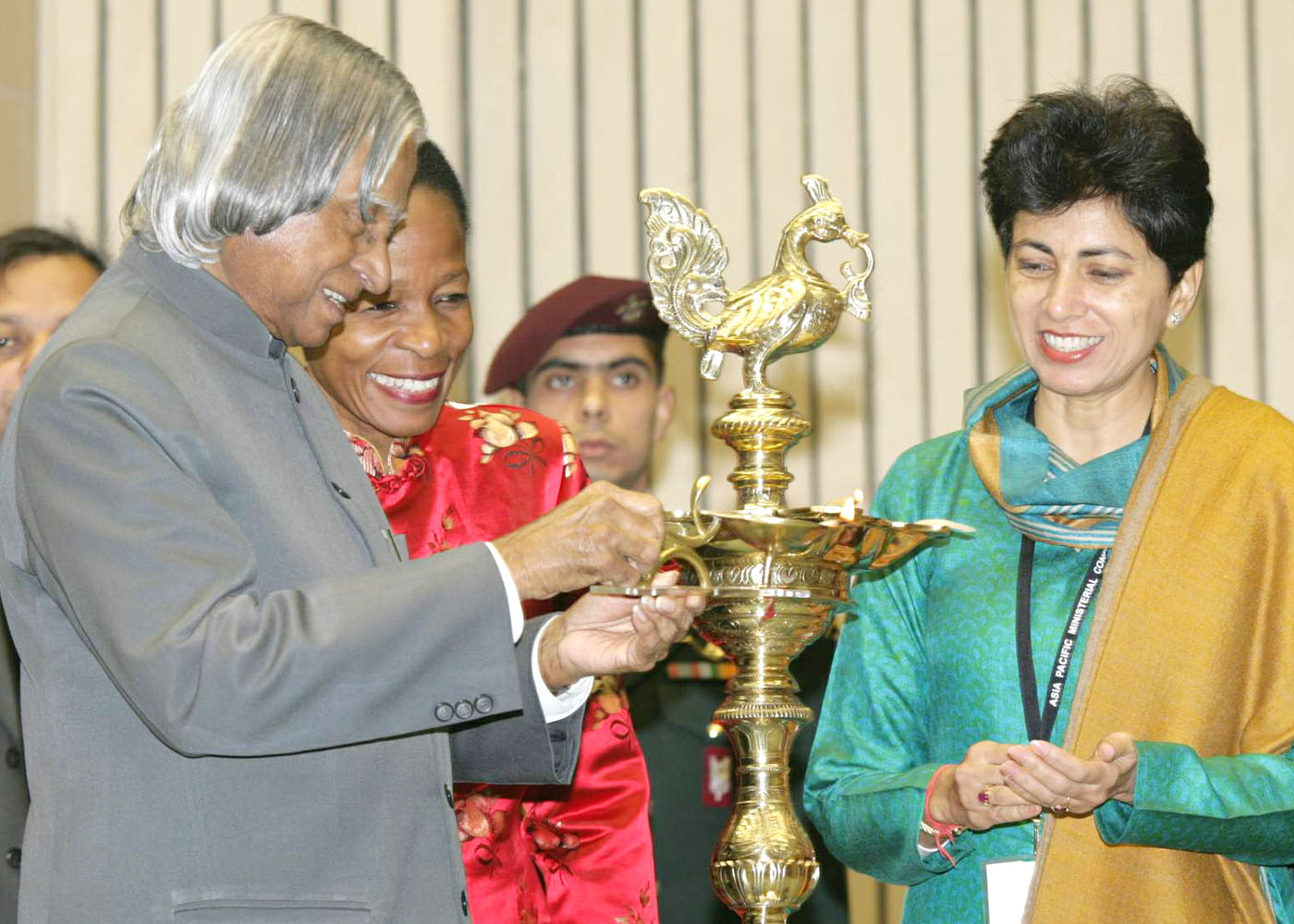

Ambience in the Nation
In the Indian history, very rarely our nation has come across a situation, all at a time, an ascending economic trajectory, continuously rising foreign exchange reserve, reduced rate of inflation, global recognition of the technological competence, energy of 540 million youth, umbilical connectivities of 20 million people of Indian origin in various parts of the planet, and the interest shown by many developed countries to invest in our engineers and scientists including setting up of new R&D centers. The distinction between the public and the private sectors and the illusory primacy of one over the other is vanishing. India as the largest democracy in the world has a reputation for its democracy and for providing leadership for the one billion people with multi-cultural, multi-language and multi-religious backgrounds. And also our technological competence and value systems with civilizational heritage are highly respected. Foreign Institutional Investors are finding investing in India attractive. Indians are also investing in abroad and opening new business ventures. Indian economy is growing with an average annual growth rate of 8% GDP.
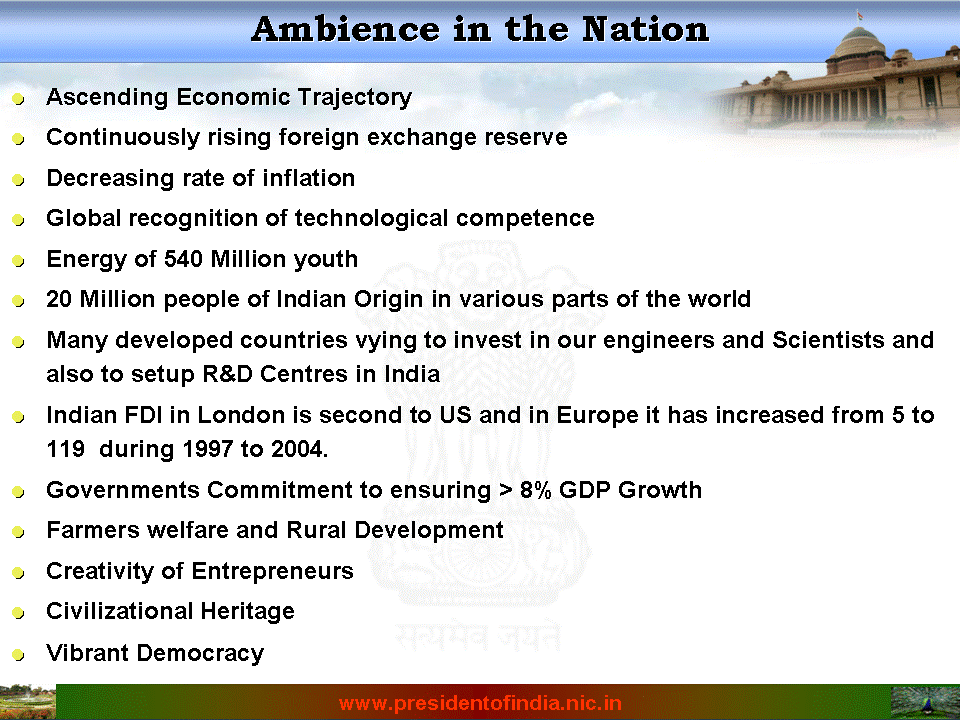

Economic development: (Transforming India into a developed nation)
However, there is a need to lift up the economic conditions and lifestyle of over 220 million people out of the one billion plus population. One of the reasons for this situation is that large part of the growth comes from manufacturing and services sector. If we have to uplift the 220 million people living below poverty and provide improved quality of life, we have to ensure that the overall GDP has to be increased to 10% from the existing 8% and maintained for a decade. For this employment generation, particularly in the rural areas is very essential. This necessitates the spread the development process to the rural sector. That is what the PURA (Providing Urban Amenities in Rural Areas) programme involving 4 connectivities namely Physical, Electronic and Knowledge leading to Economic connectivity envisages. Hence, the entire country should have 7000 PURAs encompassing over 600,000 villages. The theme of PURA, apart from concentrating on reinforcing agriculture, will emphasize on agro processing, development of Rural Craftsmanship, dairy, fishing, silk production, so that the non-farm revenue for the rural sector is enhanced, based on the core competence of the region. Also the rural economy will be driven by renewable energy such as solar, wind, bio-fuel and conversion of municipal waste into power. In this approach, the aim is to make sustainable development using the core competence of the rural sector.
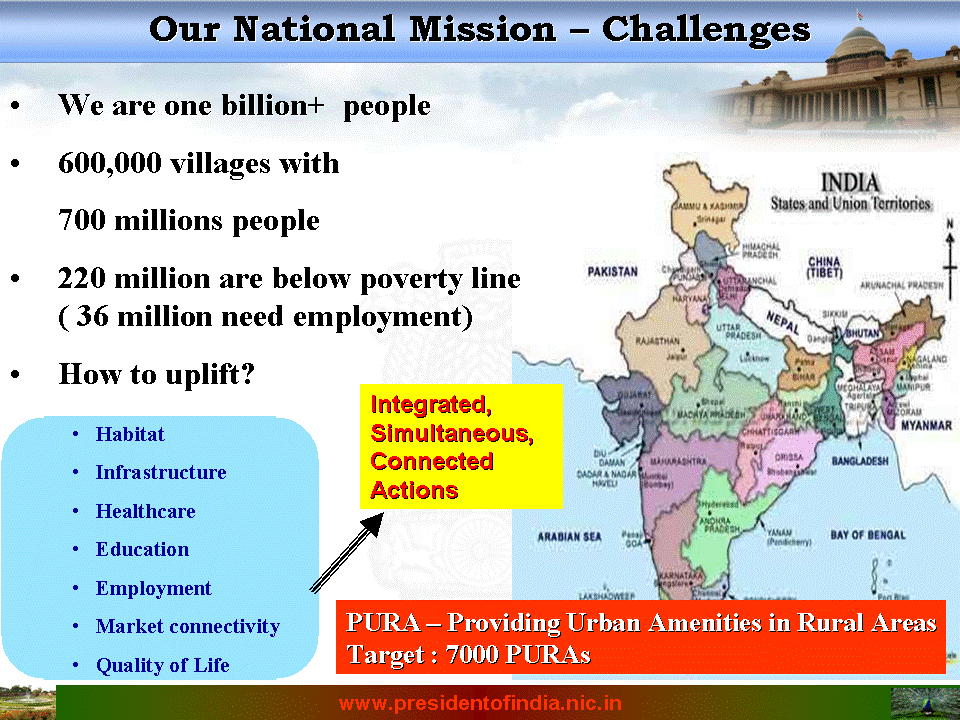
In India, the development of a rural sector is very important. Government, private and public sectors have been taking up rural development in parts. For example, starting an education institutions, starting a healthcare centers, laying roads, building houses, building a marketing complex, giving a communication link in a particular rural area have been taken up in the past as individual activities. During the last few decades, it is our experience that these initiatives starts well, just like heavy rain resulting into multiple streams of water flow. As soon as the rain stops, few days later all the streams get dried up because there are no water bodies to collect the surplus water and store it at the right place. For the first time, PURA envisages an integrated development plan with employment generation as the focus, driven by provision of the habitat, healthcare, education, skill development, physical and electronic connectivity and marketing in an integrated way.
Hence, I would like to concentrate for today's discussion on how to implement PURA in Indian setting.
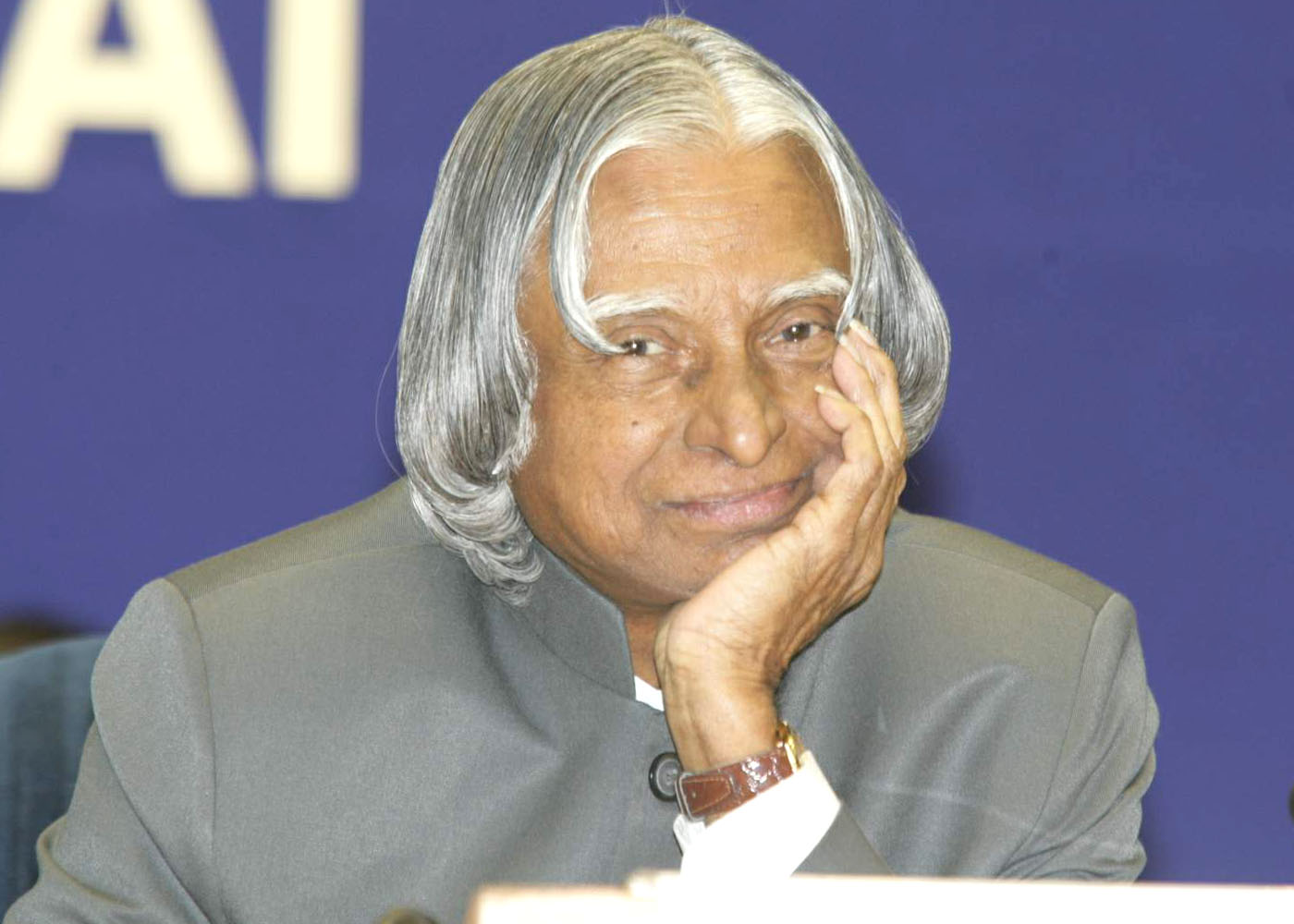

I. PURA Mission
I have discussed the important aspects of design, planning and the implementation of PURA in different parts of the country with Prof P V Indiresan, former Director, IIT a pioneer in PURA and Dr. P.S. Rana, former CMD, HUDCO a specialist in PURA. I would like to share the thoughts arising out of these discussions for the consideration of this conference.
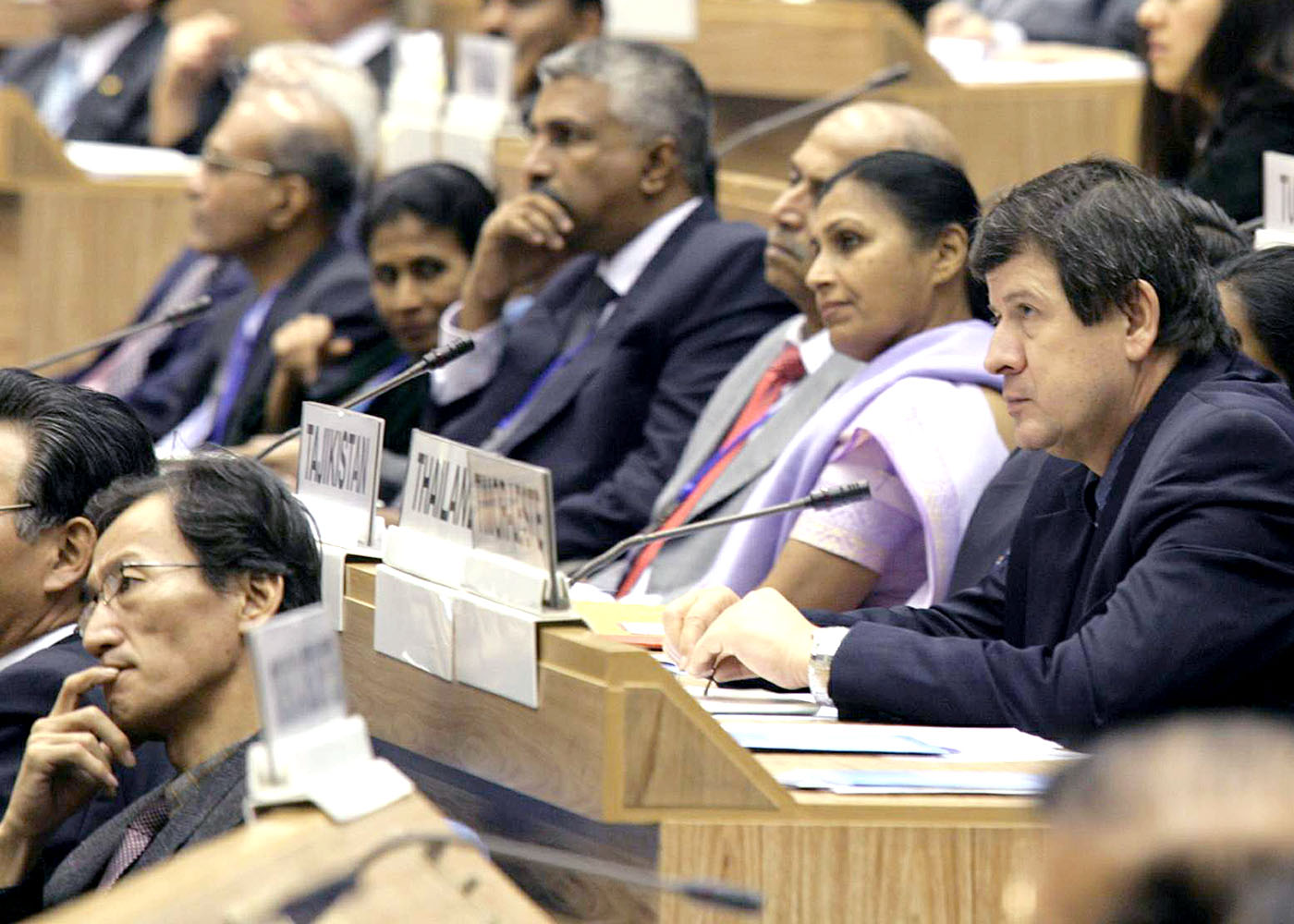
Profile of PURA Mission: Based on the terrain and climatic conditions there could be four types of PURA in our country. They are plain terrain PURA, hill PURA, coastal PURA and desert PURAs. The population in the Plain terrain and Coastal region PURA may be in the region of 20,000 to 100,000 in a cluster of 20 to 30 villages, whereas in the Hill or Desert PURA may have a population of 7,500 to 15,000 people in a cluster of 30 to 50 villages or hamlets. We understand that even by definition these clusters will be reclassified as urban. It will lead to in-situ urbanization of rural area reducing the burden on mega cities. However, our efforts should be to maintain the rural ambience through planned and balanced regional development so that each village has access to urban amenities within less than an hour of travel time. These growth centers will ultimately accommodate about 70% of the total population. About 15 to 20% in the surrounding areas within 30 minutes travel distance and remaining 10 to 15% within 60 minutes travel distance.
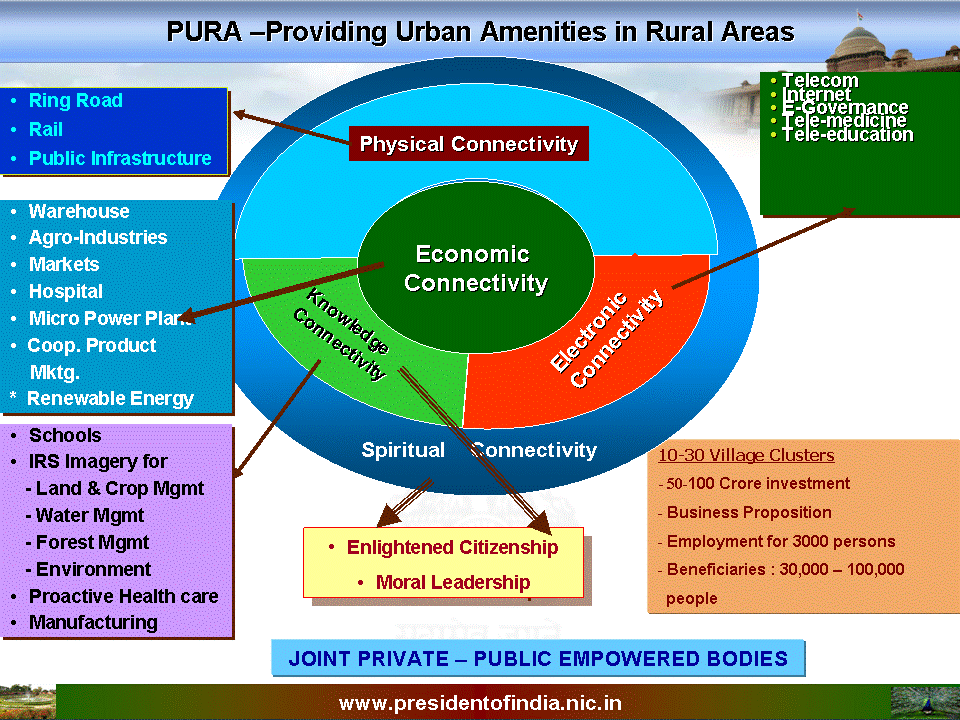
As per 2001 census, there are over 5151 towns in the country of which, 423 have population over 1 lakh. The remaining 4728 towns along with their rural hinterland can become the potential growth centers as part of the total 7000 PURA for the nation. The remaining 2278 PURA clusters should be identified to achieve a balance regional development, across the whole country as envisaged earlier. Priority will be accorded for making use of the rail or river corridors. The key economic activity could be any one or more such as Herbal / Agro based, Dairy, Poultry, Meat processing & animal husbandry, Food processing, BPO, Engineering, Manufacturing and Service industries.
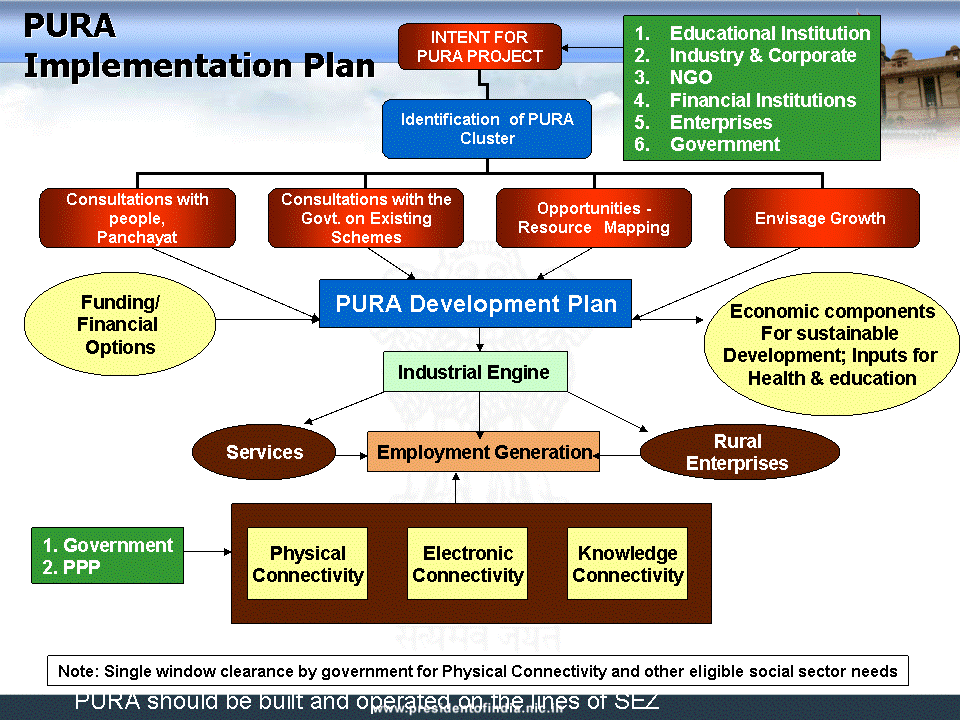
PURA could also be developed on various models linked to Hydel project programmes, steel projects, Mega industrial projects, Special Economic Zones, Coastal area, tourism and religious centers, Food processing zones, automobile ancillary zones. These growth centers will be maintained environment friendly.
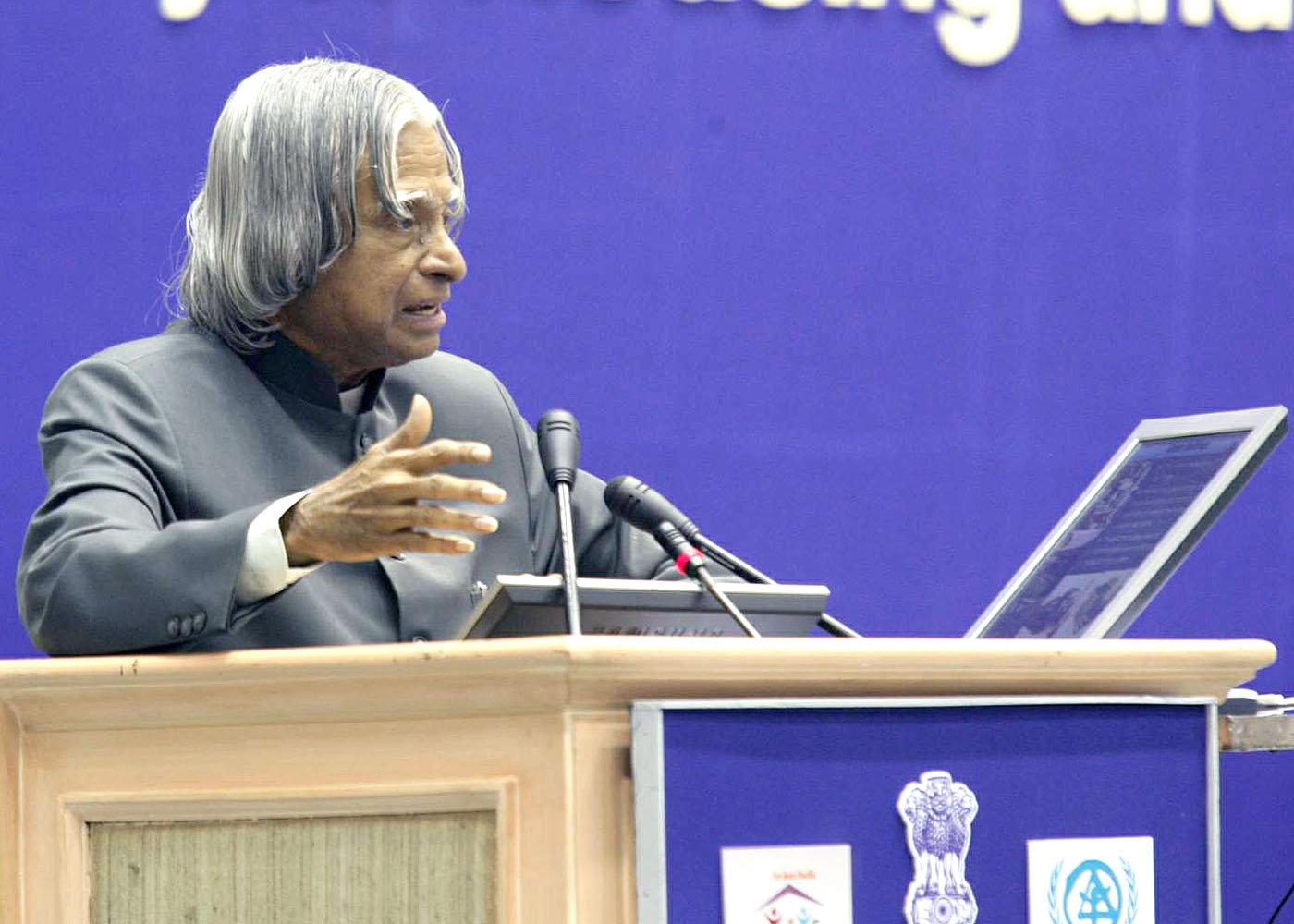
Redevelopment of Urban Slums: We believe that effective implementation of PURA programmes will reduce the further influx of population to urban slums. However, the existing slums also need immediate attention, since the location of slums generally linked with the job opportunities in their vicinities as far as possible in-situ development of existing slums needs to be initiated. The existing Jawaharlal Nehru National Urban Renewal Mission (JNNURM) is effectively addressing this need, so that all our existing and future cities cater to the needs of the poor and improve their quality of life. While executing JNNURM care may be taken to see that the habitats are made of high quality with the participation of the people.
Since this conference is on housing and human settlement, I would like to concentrate on the parameters to be taken into account while planning the habitats for the people in the PURA complexes. For a nation like India, a critical mass is required to make the amenities viable. It is estimated that the population size of one to three lakh is necessary to sustain the economy of the growth centre and the viability of the social infrastructure. Water, energy and sanitation are the basic requirements determining the quality of life of people. Hence I would like to address this problem first.
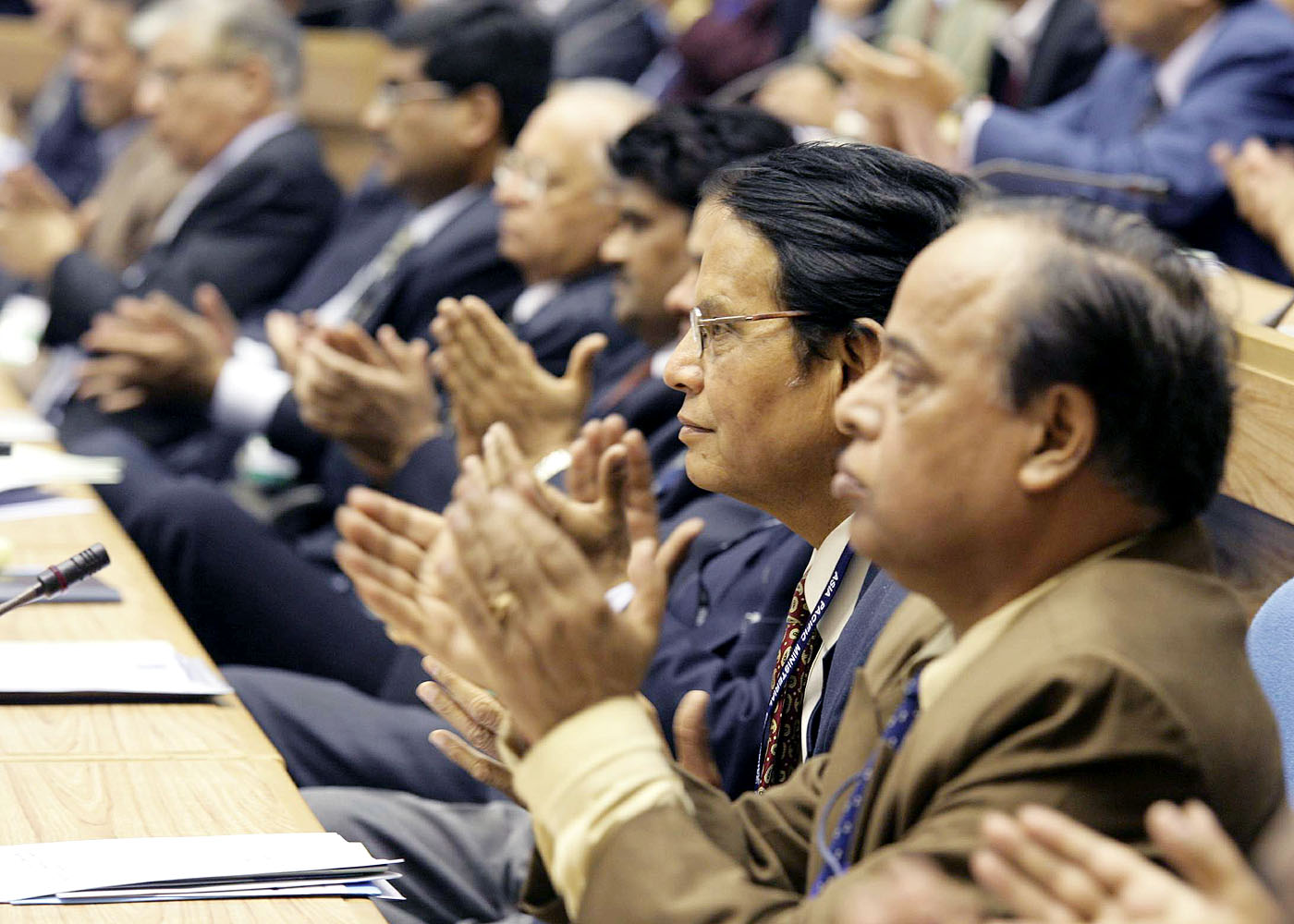

II. Water Security and Energy Independence
Energy is the lifeline of modern societies. But today, India has 17% of the world?s population, and has just 0.8% of the world?s known oil and natural gas resources. We might expand the use of our coal reserves for some time and that too at a cost and with environmental challenges. The climate of the globe as a whole is changing. Our water resources are also diminishing at a faster rate. As it is said, energy and water demand will soon surely be a defining characteristic of our people?s life in the 21st Century.
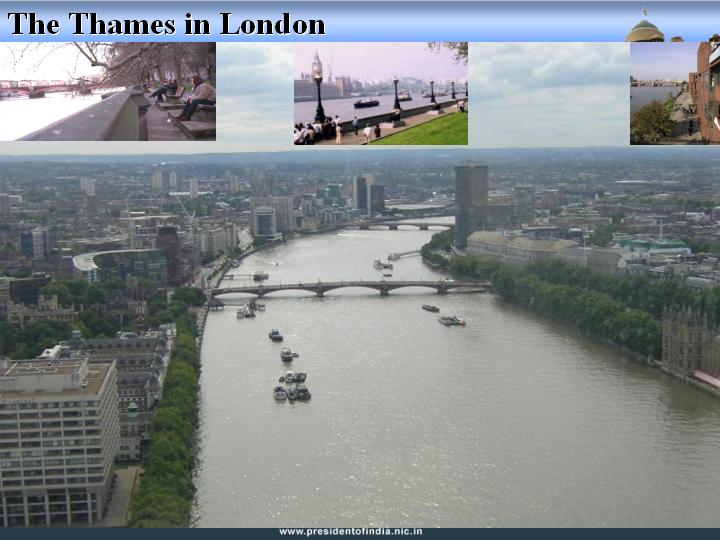

A. Water Security
Water front as an economic centre: Today most of our water during the monsoon goes unutilized as there are no planned adequate storage capacities in the urban and rural sector. In addition to the mega Hydel projects, it is desirable to create reservoir in the plains along the rivers. This will help to store adequate quantity of water which is going as waste.
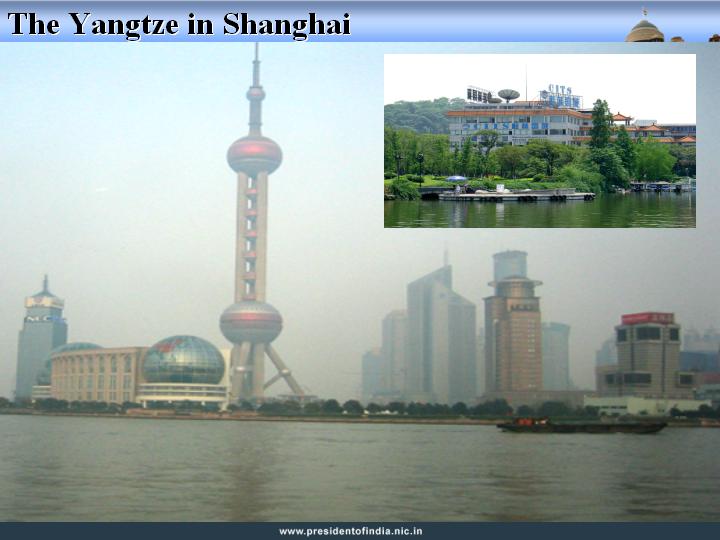
India is blessed with more than 7000 km of coast lines and several thousand kilometers of river lines and almost every major city is located on the bank of a river. It is time we pay attention to our rivers which is a lifeline to our society. We should rejuvenate our rivers as the life line of cities by storing the surplus waters during monsoons by creating series of reservoirs along the rivers in the plains and inter-linking of the reservoirs wherever feasible. Most of the developed cities in the world located on sea coast and the banks of the river have made use of the water front in an effective manner to create major economic activities and they have become the prime locations for the cities. I would like to show some illustrations. Some of the examples of such effective use of water fronts are London, Paris, Prague, or Florence, or perhaps those of Washington, New Orleans, Baltimore. All of these are cities whose centers are linked intimately to waterfront destinations teeming with public and private activity, day and night. People find places to live, work, recreate, eat and socialize along the waterfront, enjoying a tranquil ambience not found elsewhere in such cities.
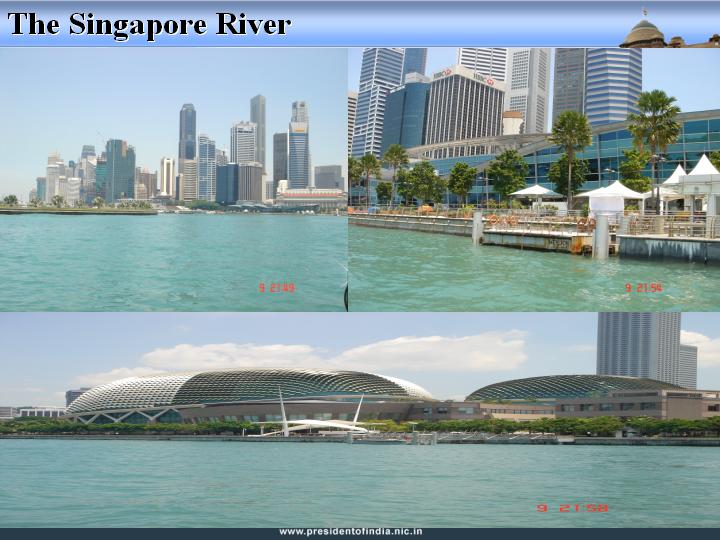
Typical examples of which are being proposed to manage the water in the plains are development of Thane creek as a fresh water lake in Mumbai, use of Buckingham canal and Koovam river in Tamil Nadu, Kali Bein rivulet in Punjab developed by Baba Balbir Singh Seecheval and development of water reservoirs in the National Capital Region of Delhi along Yamuna and Hindon rivers. These and other similar water management systems can enhance the availability of water and eliminate scarcity of water and also help in managing floods and recharge the underground water table. Series of artificial lakes and canals network can be used as the inland waterways for transport of goods and personnel. It will also provide a special attraction to the tourists in some places and enhance the eco-system as a whole.
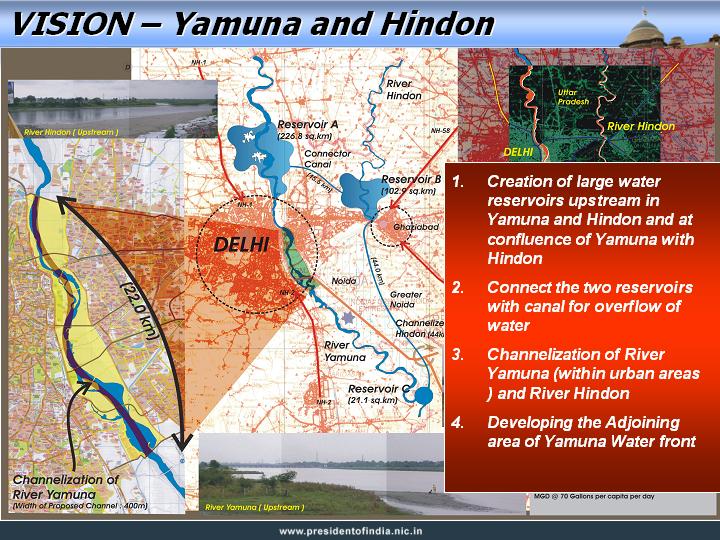
In addition to the overall water management, there is an urgent need to implement local water harvesting systems in each habitat including water recycling systems.
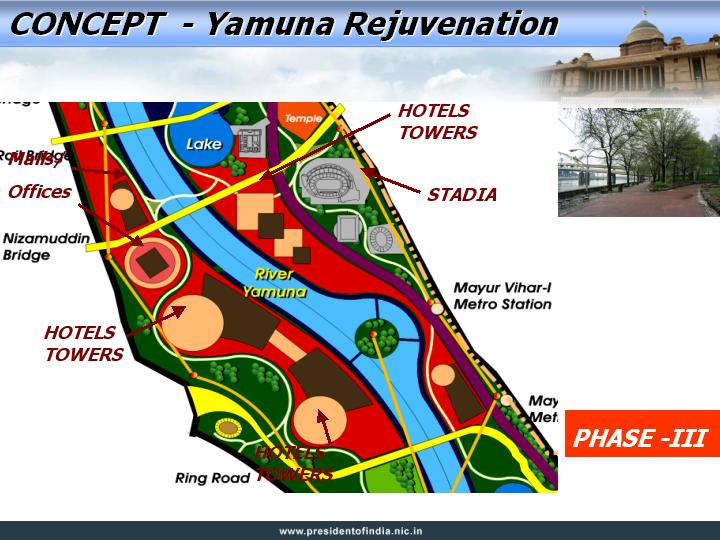
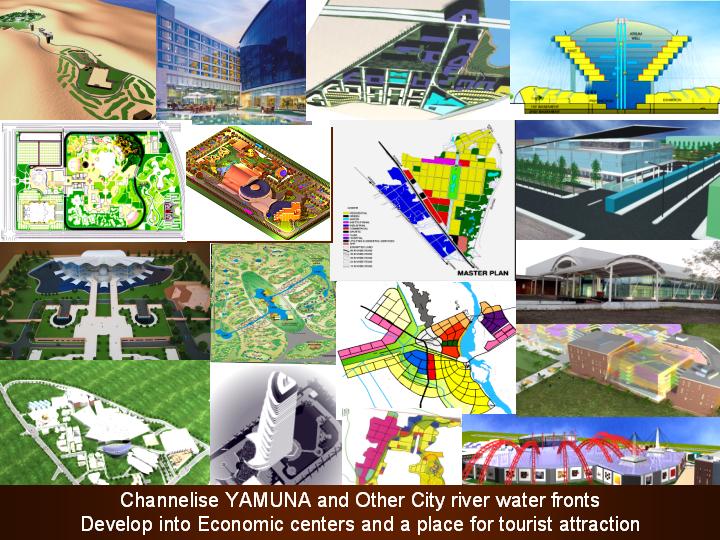
Sanitation: (Close Loop System of Waste Management) - When I think of sanitation first thing comes to our mind is the provision of sanitation facilities with adequate water for all the households in the village cluster. This activity itself can be made an economic wealth generating activity for the rural areas. For example, in some of the villages the toilet facilities have been made out of fibre glass by the village self-help groups. I have seen the fabrication of toilet facilities by the villagers in Kirapalayam, Ahmedabad and Vallam. Such facilities brings down the cost of each toilet substantially. As a second step it is to be ensured that all the toilets are functional at all times. This will need training in plumbing and maintenance of toilets by a group of village personnel who can provide the service to the villagers for a fee. As a third step we have to ensure that continuous availability of water to the toilets. With the depleting water resources this can be possible only if we have a system of recycling of used water including the linkage to water harvesting in every home. This also must become part of the total sanitation programme. As a fourth step, there is a need to connect the individual toilets to a common sewerage system for central disposal without which all the efforts taken in providing hygienic toilet facilities in individual dwellings may not yield the desired results. I have come across a model which has been executed by Shri H.G.S.Gill, an NRI at Karodi village in Hoshiarpur District, Punjab, very close to Martyr Bhagat Singh birth place. He has used a technology through which individual toilets are connected to a central village sewerage system which is being taken to a remote place through underground closed drainage system. There is an open sewerage tank exposed to sun, where the waste is constantly agitated and water gets separated. Also, the sewerage water is treated and is being used for agricultural purposes. Mr. Gill is ensuring that the individual households are maintaining their sanitation system without being blocked and the central system is also being maintained through specially trained staff for this purpose. After few months when the central tank is cleaned the solid waste is converted as manures and used for agricultural purposes. He is extending this model to two more villages in Hoshiyarpur District namely Jain and Jandiala. What I would like to emphasize here that it is not adequate only to bring toilets to each house. It is essential to consider the overall problem of total waste disposal and treatment for the sewerage system so that the environment is maintained clean and tidy at all times.
Now let me talk to you on the energy independence with reference to the human settlements.
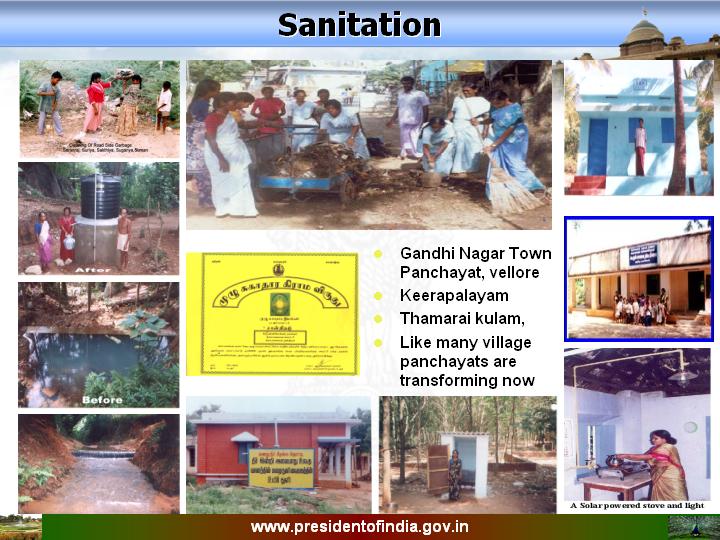
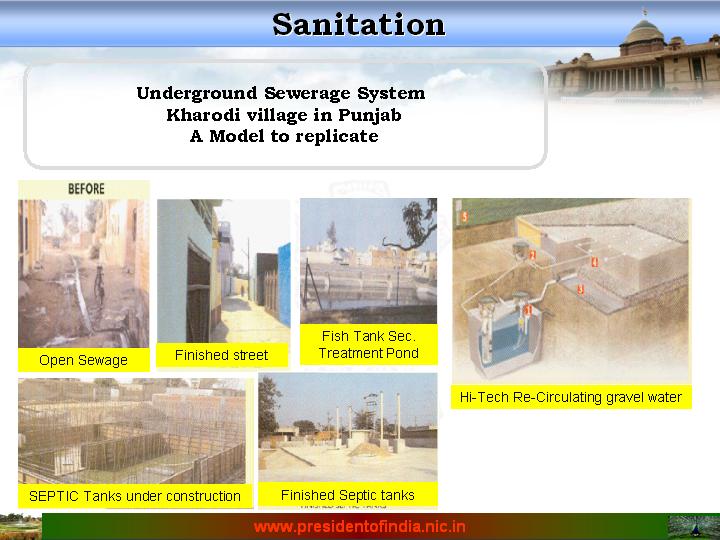

B. Energy Management
Energy independence rests on two principles. The first, to use less energy to provide services and cut down energy losses. Simultaneously, we should access technologies to provide a diverse supply of reliable, affordable, renewable and environmentally sustainable energy.
Hence, the typical features cited for the Buildings in PURA complexes are noteworthy goals towards greater energy efficiency and use of renewable energies, efficient water management and above all caring for the environment through proper sanitation system with well planned waste management programmes. All these features can be accomplished by popularizing the mission of green buildings in our rural complexes.
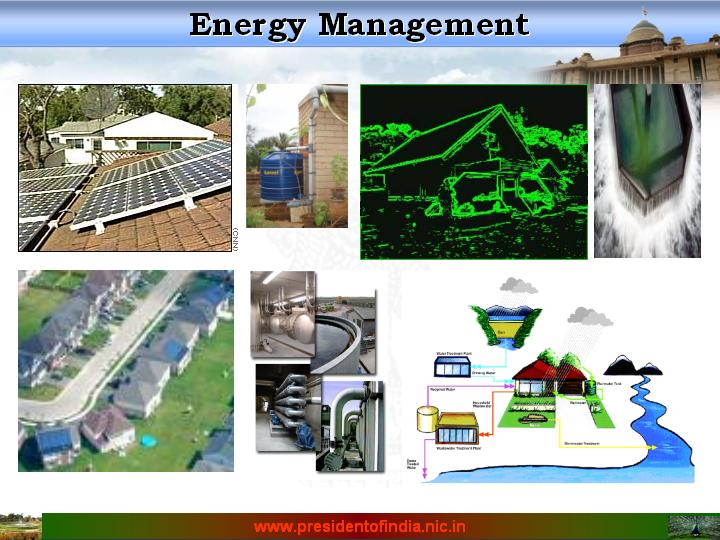
Energy consumption: Targets - In a growing economy when our population is expected to grow approximately at 1.3% energy consumption rate is expected to grow at 4.3% per annum. This trend would strain the energy sector to a large extent. Building sector being the major energy consumer can contribute to a large extent to discuss this issue since green buildings have the potential to save 30 to 40% energy. Some of the salient features of the Green Building are:
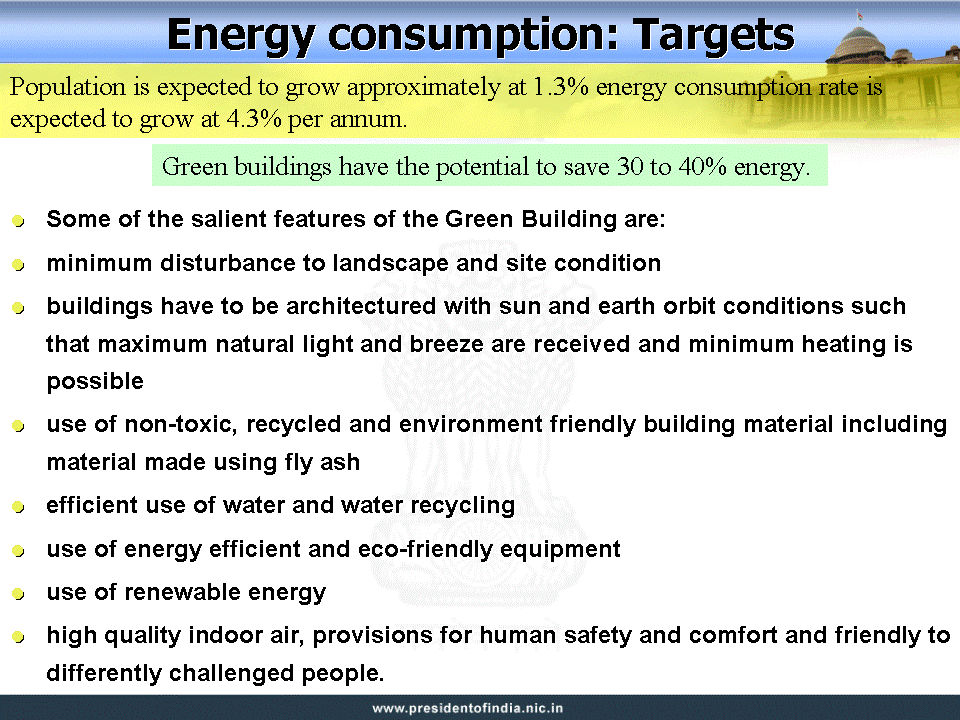
(a) minimum disturbance to landscape and site condition
(b) buildings have to be architectured with sun and earth orbit conditions such that maximum natural light and breeze are received and minimum heating is possible
(c) use of non-toxic, recycled and environment friendly building material including material made using fly ash
(d) efficient use of water and water recycling
(e) use of energy efficient and eco-friendly equipment
(f) use of renewable energy
(g) high quality indoor air, provisions for human safety and comfort and friendly to differently challenged people.
Experience in using the nature: I would like to narrate some of my experiences in Rashtrapati Bhavan. In Rashtrapati Bhavan I have two offices, one in the ground floor and the other one in the first floor. When I started working, I found that all the doors and windows with beautiful curtains were kept covered. Because of this practice, the electric lights used to be switched on; from the time I enter the office until I complete my work for the day. During my usual walk in Rashtrapati Bhavan, it occurred to me that when the beautiful sun is all around, why all the doors and windows were covered with curtains and the room has been made dark. Either the intention could be that the President should not see the nature at its pure form or it is due to some security concerns. I discussed this with my team and finally I decided to open the curtains and allow the sun light to come into my office. Once the curtains were opened the available sun light was more than sufficient for my work during the day time. Energy saving in every room is possible. Even the visitors who come to meet me notice the difference. The message is that when we design buildings we should ensure that we are able to make maximum use of the nature?s gift such as light, heat and breeze for providing the comfortable living for the occupants. In all the PURA complex buildings, this feature must be fully taken into account.
Renewable energy makes economic sense: While I visited BR Hills in Karnataka, I found that each house has a solar panel which provides necessary electricity for the household. I am sure, similar systems can be standardized for the dwelling units in the PURA complexes and made available for each house. This will be a cost effective solution for meeting the household energy requirements and also maintaining a clean environment. Along with solar panels, use of LED crystal based lamps could also be made for conserving the overall energy requirements for lighting purposes. Another method to be to utilize the solar thermal. They use solar collectors intelligently to provide power for hot water and other heaters. In fact for lighting, fans and air- conditioners can be run by solar thermal.
Apart from solar energy, the PURA settlement can also consider creation of centralized bio-gas plants and electricity generation using municipal waste of the village complex. This approach apart from waste disposal usefully will provide additional electricity for the rural enterprises and the energy needed for household cooking purposes.

III. Green Building (Take Green technology to people)
I have one question in my mind. In our country, there are 300 million people who are in the mid income group category and about 220 million people are living below poverty line. Every one of them dreams about having a roof above their head. In order to make their dreams a reality we need about 100 to 130 million houses to be built in the next 15 years. In fact this massive construction effort will form the backbone of our economy. Green Building specialists are already addressing methodologists through which they can make habitat using green technology to the middle class and below, and incorporating special safety requirements for earthquake prone and coastal regions. The PURA complexes should adapt the standardized technologies while planning the total habitat for the programme.
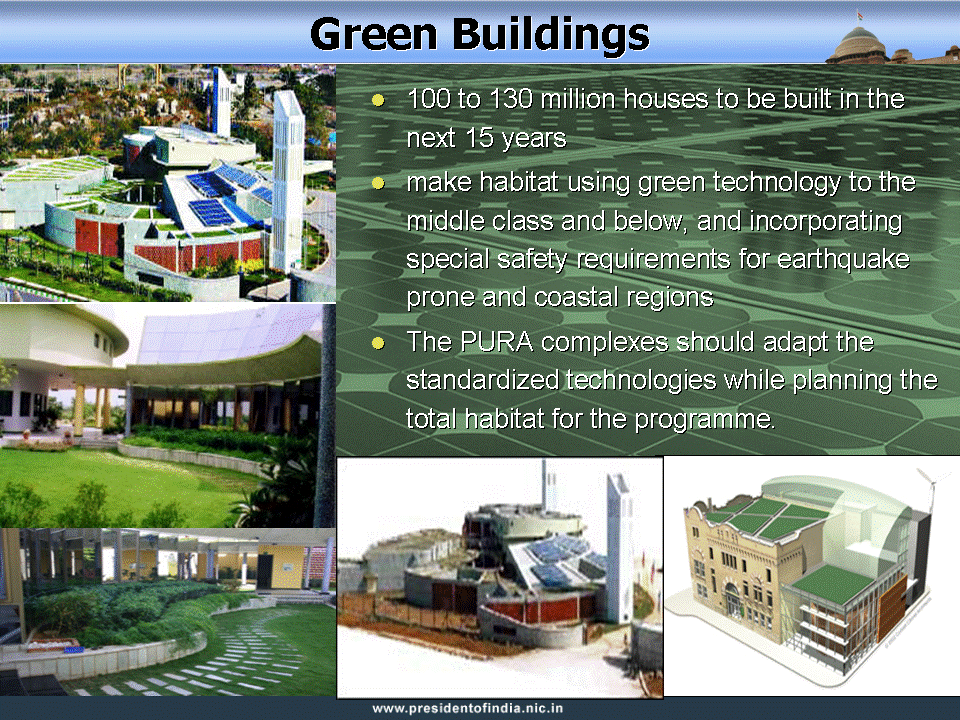

Conclusion
In my view, provision of habitat and creation of human settlement has to become a part of total self-sustaining economic activity for promoting a happy, prosperous and peaceful society. It has got two components, one is to improving the quality of life in the present settlements, particularly in the slums in the existing cities and the creation of new settlements developed as PURA growth centers which will reduce the pressure on the mega cities. The overall aim of the settlements will be to create a balanced economic growth with societal equity resulting in creation of livelihood as the basis for the development of the settlements providing all the amenities required for improving the quality of life of all the people across the regions.
I would recommend the participants of First Asia-Pacific Ministerial Conference on Housing and Human Settlements to discuss the above model during the deliberations for implementation in different regions.
With these words, I inaugurate the First-Asia Pacific Ministerial Conference on Housing and Human Settlements and my best wishes to all the participants in their mission of improving the qualify of life of all the people in the planet Earth through provision of employment opportunities, habitat, healthcare, education and above all clean environment.
May God bless you.
<<Back
|
|